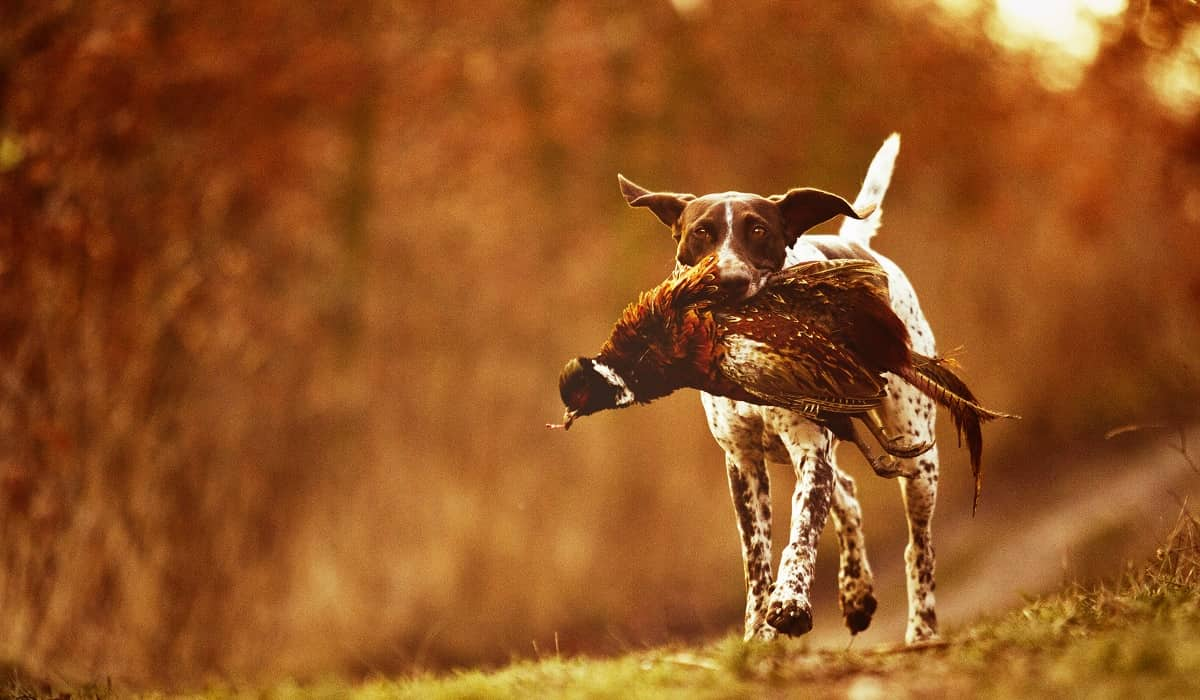Top Tips For Pheasant Hunting In South Dakota
OutdoorHub Reporters 08.15.18

Pheasant hunting is easily some of the most fun you can have in the uplands.
Pheasant hunting in South Dakota, in particular, is one of the best destinations thanks to the state’s relatively lower topography, wetter climate, and open environments.
But still, especially if you’ve never hunted pheasant before, this doesn’t guarantee that you’ll have a successful hunt on your first, second, or even third and subsequent tries. There are some tips and strategies that you need to know, and that’s what we’re going to talk about now.
Here are the top tips for pheasant hunting in South Dakota:
Hunt Along The Edges
Pheasants are notorious for changing their natural environments quickly, as they can quickly transition from the most open of fields to the thickest of forests.

To increase the odds that you’ll come across a pheasant, your best bet will be to hunt ‘along the edges,’ or along the edge of a forest and an open area. Many novice hunters especially like to only hunt in the open areas for easier walking, but this isn’t always the best strategy.
Hunt Closer To Water
While you will want to stick along the barrier between the forests and clearings/prairies when pheasant hunting in South Dakota, you’ll also want to do so in areas that are relatively close to water.
This is because pheasants (along with other game animals) are well-known for sticking areas with natural sources of water such as lakes, ponds, rivers, or streams, especially in the hot weather.
Keep The Noise Down
Pheasants have excellent hearing and this will require you to keep the noise you create down to a minimum to increase your odds of a successful hunt.
But another tactic that you can use here is to hunt in the direction of the wind, as this helps to keep the noise down. Furthermore, heading in the direction of the wind also makes it easier for a hunting dog to pick up the scent (more on pheasant hunting with dogs here in a bit). Heading downwind, on the other hand, makes it much more likely that pheasants will hear you.
Use The Right Weapon

The most popular weapon choices for pheasant hunting in South Dakota are the 20 gauge and 12 gauge shotguns. Most hunters would argue that the 20 gauge is probably the best bet, though what’s more important than the caliber that you select is the load of that caliber.
A 7 1/2 shot is an overall poor choice for pheasant, because birds will often survive being struck initially and keep on flying. In contrast to this, 4 and 6 shot loads are far more effective, with 4 shot being the most popular among hunters. Just make sure that you keep ranges to within fifty yards or so.
The Later The Hunt, The Better
There is a common misconception that you always need to wake up early for a hunt to increase your chances of being successful. This may be true for certain types of game, such as deer, but for pheasant it’s simply not the case.

On the contrary, you’re actually more likely to come across a pheasant’s path in the afternoon and evening than you are in the morning. This is because pheasants tend to stick to areas of heavy cover during the morning hours, but they’ll be more likely to venture out into the open areas as the day goes on.
Use A Dog

In many ways, a trained hunting dog is absolutely essential for pheasant hunting. For one thing, bird dogs are an invaluable asset because they can easily pick up on the scent of a pheasant (especially in cold or wet conditions when heading against the wind), and for another, they can also retrieve any pheasant that you bring down as well when you drop them at a distance.
Conclusion
All in all, these are the top tips for you to know and apply before you go pheasant hunting in South Dakota. Applying each of these tips will greatly increase your odds of experiencing a successful hunt.

